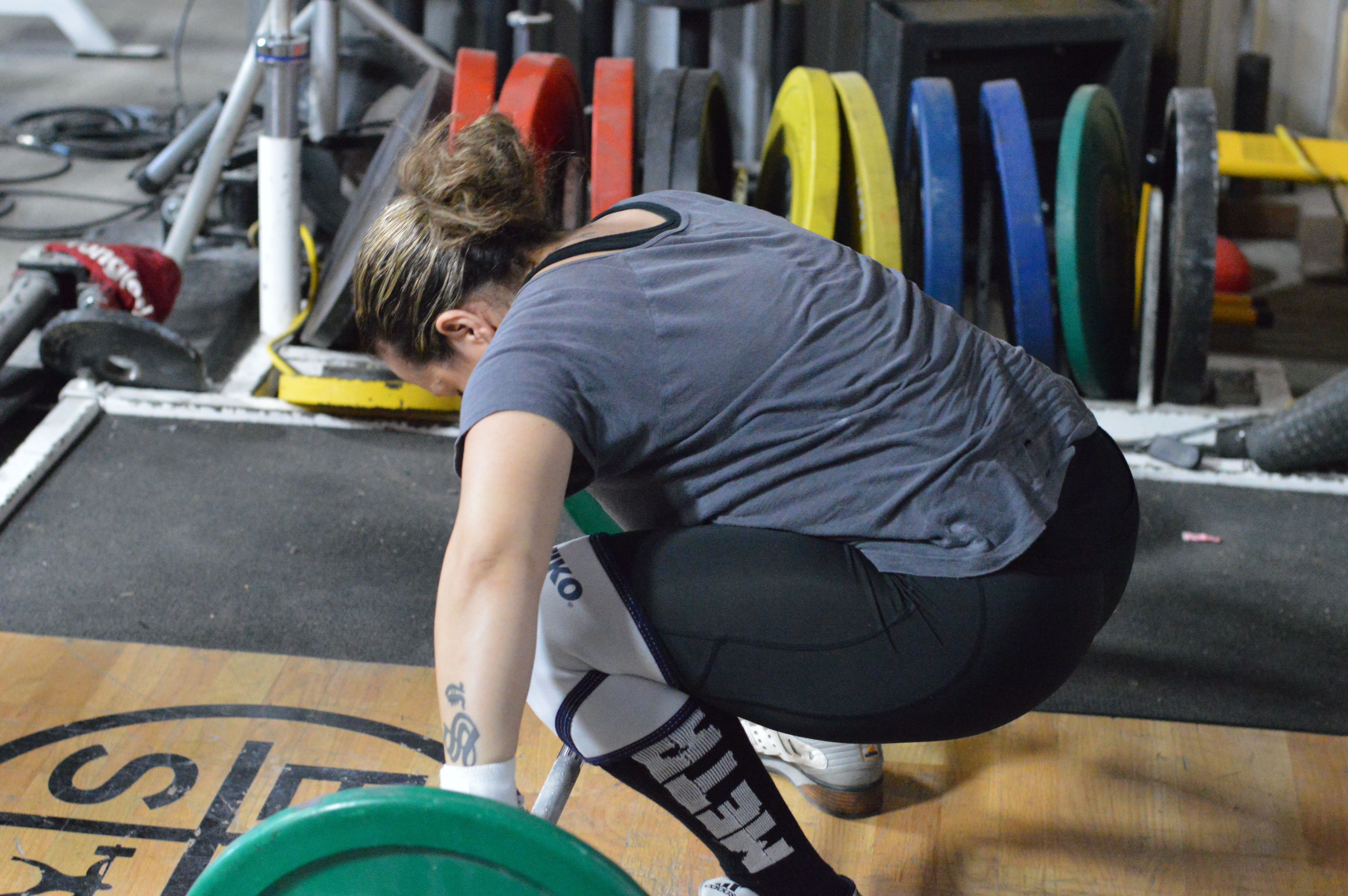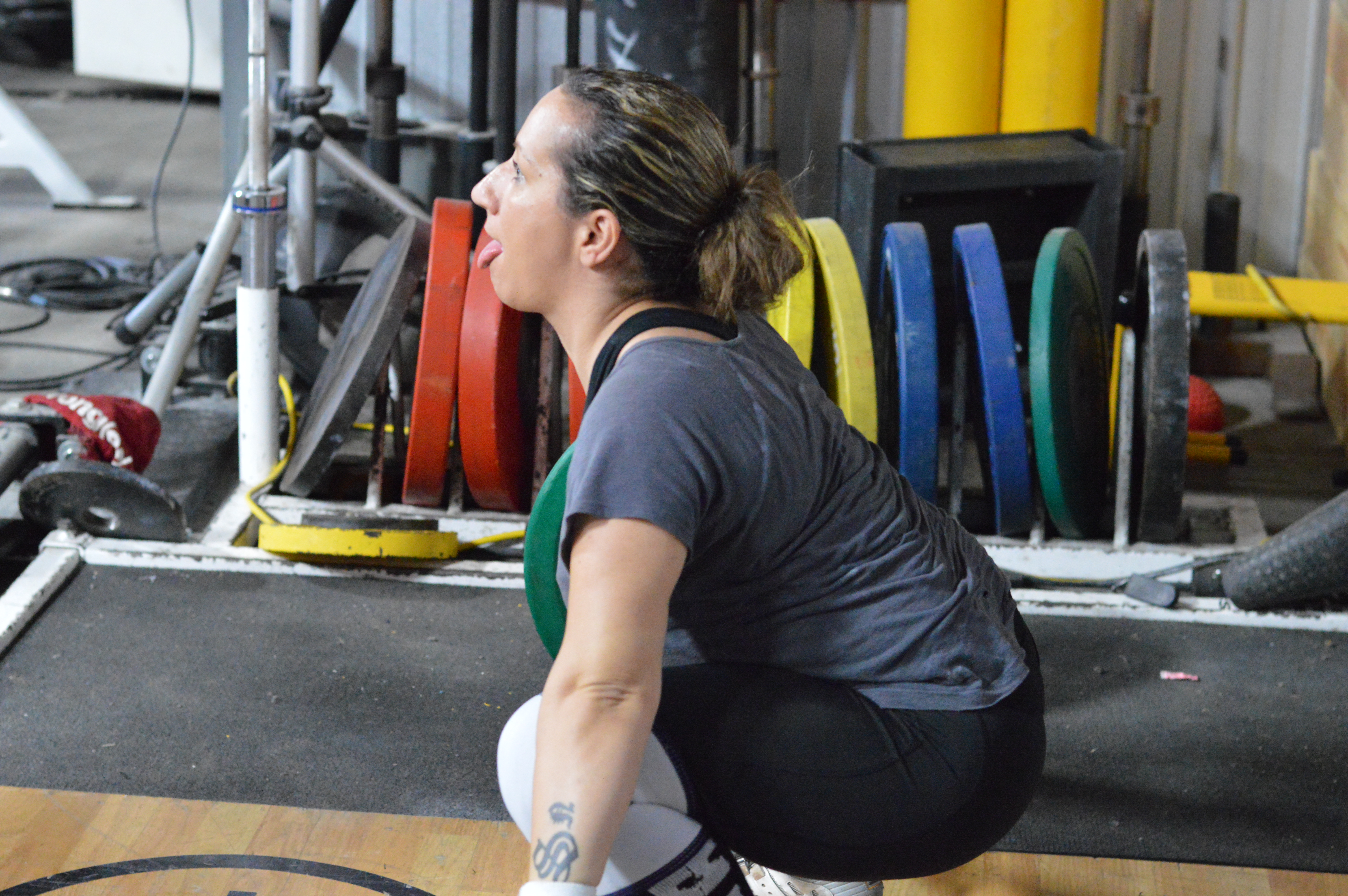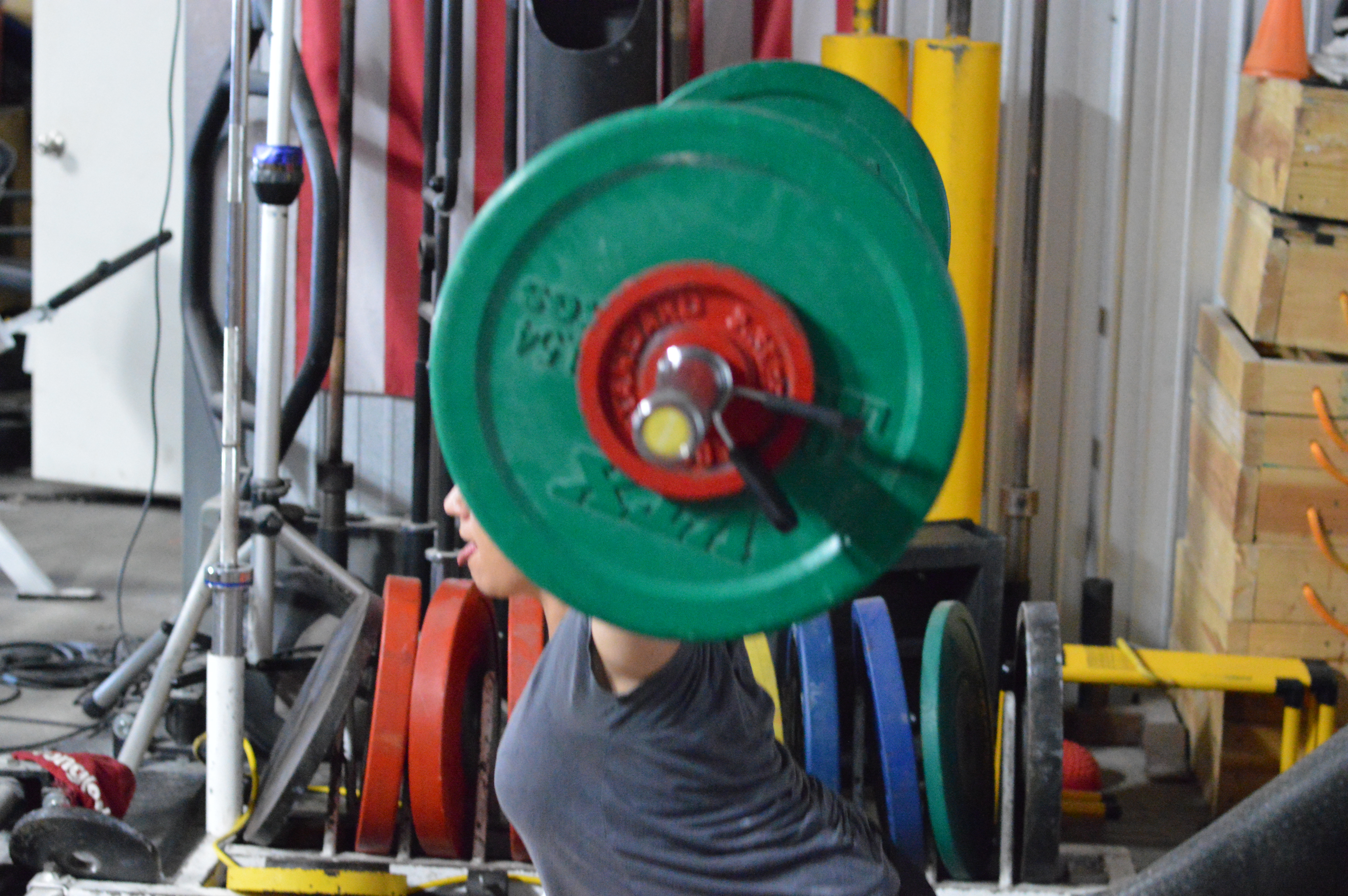
It seems as if people don’t like when I make changes to my recommendations. I get emails saying, “Back in 2004, you said this. Now you say that.” Unfortunately, I'm never happy. I continue to question, challenge, and learn. I've heard it said that information in strength and conditioning more than doubles every 18 months. In the one month that I've spent working on this article, two new research publications have come out talking about velocity with training. Realizing that there was this great increase in information, I would be a moron if I didn’t learn more, change my thoughts and ideas on things, and have new realizations. This article is a result of additional study and practical experience.
I originally gave velocities in my first e-books and presentations based off of average velocity for all traits and Olympic lifts. When I came out with these recommendations, the only thing that existed to calculate velocity was the Fitrodyne, which only calculated average velocity. I also took some of the works done by the Soviet researchers (I mean, why not? They are far more intelligent than me, and I believe in furthering work, not reinventing the wheel.). The only things that they had access to were linear position transducers that calculated average velocity. Thus, when I started out, average was all I had, and I utilized that to the best of my ability.
Over the better part of the last ten years of utilizing velocity to train athletes, I noticed something on the Olympic lifts—what I saw with my eye and what the position transducer showed weren't always congruent. Someone would look like the bar was just flying past his body, yet the device said that he moved at 1.1 meters per second, far below our target of the day. Eventually, devices such as the Weightlifting Analyzer and GymAware came out that had far more capabilities than the original Fitrodyne. The GymAware not only calculates average and peak velocity and power, but it also does the same for force, too. With these additional capabilities, we're able to look at additional things.
When I first started learning the Olympic lifts, I was taught that you only impart force through the top of the second pull and everything that occurred after that was momentum, making the Olympic lifts, what some consider, a form of ballistic exercise. Ballistic exercises are ones that have a high initial impulse force and the weight is then projected through. Examples of this are squat jumps and bench throws. Studies have shown that these have far higher power outputs than traditional, comparable movements [(1) squat and bench press)], presumably because while the ballistic movements stay in acceleration approximately 80 percent of the time, the traditional movements stay in acceleration approximately 40 percent of the time. This large discrepancy , with traditional lifts having a greater amount of time slowing down the bar rather than speeding it up, shows that there is a need for ballistics, as they lead to greater improvements in sporting performance.
Along these lines, recent research has come out showing that, on the Olympic lifts, peak velocity occurs at the top of the second pull. The bar will never move faster than at that point unless someone is performing the lifts improperly (2). Learning this piece of information gave me the reasoning behind something that I started doing years ago.
With my athletes, I noticed that some of them looked blazing fast but read as slow. Well, when using average velocity, it is the average of the entire lift from start to finish. When dealing with athletes who are a part of a team sport or even individual sports besides weightlifting, there are often orthopedic issues or biomechanical issues for the athletes. They weren't born to snatch, clean, or jerk. Some of the football players I worked with had shoulder pain due to all the impact and, as a result, had poor shoulder flexibility. They had an amazingly fast peak velocity, upward of 2.6 meters/second, but an average velocity of only 1.1 meters/second. Their peak velocity tells us that the bar is too light and is moving too fast, but the average velocity tells us that the bar is moving too slow and is thus too heavy. Well, that conflicting statement is only conflicting because of the orthopedic issues. Their rack is slow because they lack the ability to get into the proper position. As a result, this exaggerated slowing down of the movement causes the average velocity of the barbell to decrease, as fast as a jackrabbit pull, with a slow, slug like rack work out to a tortoise looking average velocity.
Now the question has to be answered—what is the most important? Perfect technique in perfect relationships between average and peak velocity? Transfer of training to the sport? What is it? Well, of course the answer depends on your goal. If you are training someone to be an Olympic lifter, using both velocities (average and peak) will aid in technical work. I say aid because it simply shows that there is a discrepancy somewhere such between average and peak (meaning super high peaks and super low averages). It won’t tell you what the issue is. It will just give you a red flag to pay more attention to this person.
In sports, the triple extension that occurs is important. We've heard that numerous times from numerous people and from numerous sources. It's tough to disagree with that. What is also important on the Olympic lift is the development of speed-strength. We could go on about this in great detail, but for brevity’s sake, I recommend that you read the article Speed vs. Speed-Strength that I wrote here awhile back.
Realizing what two important topics there are for an athlete doing Olympic lifts, it makes sense to only evaluate those topics. Using the average isn't a bad thing, but it isn't the desired variable. It’s like seeing a wide receiver run a 4.2 and then asking what his mile time is. While the mile time might be considered a good measure of general fitness, it isn’t necessarily that important for his play.
I truly started noticing this several years ago when working with a shot putter on his cleans. We had just started using VBT for determining the loads for Olympic lifts. The bar was looking like it was moving blazingly fast, but when he racked the weight, it read very slow. It led to a lot of frustration for him because a lot of younger athletes were moving more weight than he was at the intended average velocity. He just happened to have been lifting on a rack with a newer unit that had both capabilities of average and peak velocity instead of the average only, as had existed previously. He had been performing Olympic lifts since high school and thus had about seven years experience with them at that time. He had proficient technique (not perfect but pretty good).
I came over and watched him. I remembered that this kid had elbow and shoulder problems in his past. His pull was super fast, but his rack was somewhat wonky. He couldn’t get into the perfect traditional rack super quickly. He had to sort of ease into it (however much you can truly ease into the racked position of the clean). Because the average was the average from beginning to end, he was having a 2.6 meters/second peak velocity and a 1.25 meters/second average velocity.
While his average told him that the weight was far too heavy for him to be moving, the peak was saying that this was far too light and he needed to move up in weight. This wasn't unique to just this individual. I had seen similar issues with other football players that week, too, but for some reason, it just clicked. The Olympic lifts, being ballistic in nature, have a point where the speed tops out and it is all momentum. At the top of the second pull, the bar essentially flies up and the job of the lifter is to drop under the weight. Is average then super important? If the athlete changes to peak and then utilizes heavier weights, does he see a greater transfer of training?
I won't hesitate to say that average velocity is still a good tool. If it’s the only tool that you have, then by all means use it. To be entirely honest, I still have a hodge-podge of velocity units and use the average only because it’s the least common denominator. If I have some athletes who have orthopedic issues, I will, of course, have them utilize peak velocity, but as a general rule, we still follow average. Will that change in the future? Yes, if I ever get to the point where I can use the same unit that measures both. I'll most likely have the athletes I train go off of peak velocity.
Here's the bottom line—what matters? The speed at the second pull. While we can measure other things, do we need to? Out of clutter, find simplicity. Because this is all that matters, why waste our time measuring anything else? There are more questions than answers right now, and the more answers I get, the more questions I have. I remember Dave Tate saying at one of the original elitefts™ seminars, “The more I learn, the less I know.” I believe that to be truer every day that I walk this earth. There is more and more to learn. So now I do believe that I’m going to stop writing this article and go learn some more.
References
- Cronin JB, McNair PJ, Marshall RN (2003) Force-velocity analysis of strength-training techniques and load: implications for training strategy and research. Journal of Strength and Conditioning Research/National Strength & Conditioning Association 17:148–55.
- Harbili E, Alptekin A (2014) Comparative kinematic analysis of the snatch lifts in elite male adolescent weightlifters. Journal of Sports Science and Medicine 13:417–22.














1 Comment